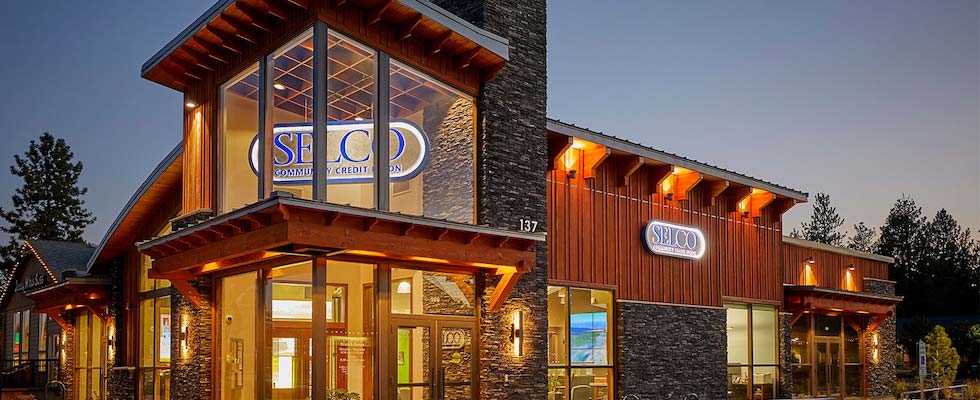Blend has a new CMS partner! Check out all the details on our newest supported platform.
The Story of the Web 2.0 Summit Map
From the mind of a conference organizer and industry legend, to a six-digit engagement number and a few comments from some guy named Zuckerberg. This is the story of the Web 2.0 Summit Map.
10/25/2011
Categorized
What is Web 2.0 Summit?
The Web 2.0 Summit was a gathering of the industry’s influence-makers, co-produced by the folks at O’Reilly and UBM, focusing on conversations about the direction — and future — of the Internet Economy. The speaker list included everyone from will.i.am to @ev to some guy named Mark Zuckerberg.
What is “Points of Control?”
The theme for the 2010 Web 2.0 Summit was “Points of Control,” an in-depth look at how the industry is continuously driven by competition and conflict between the Web’s major players. It was with this in mind that Federated Media’s John Battelle came to Blend early in 2010 to work on the concept. “Points of Control: The Battle for Network Economy,” would pit the world’s web powers — from major names like Amazon and Apple to relative newcomers like Quora and Zynga — in a battle for acquisition, and it was going to take form as an interactive map on the Web 2.0 Summit conference site.
In effect, we were tasked with the monster project of map the constantly changing landscape of internet technology.
The entire landscape.
The project.
The Web 2.0 Summit Map was designed to serve two goals: to provide a flashy, buzz-producing site for the conference, and to help drive registration and media attention.
The two iterations of map design began as a brainstorm. Searching for an effective way to visualize the constantly shifting power struggle in various web industries, Battelle and Blend landed on the concept of an old-world discovery map — one part Risk, one part "Here Be Dragons."
From there, Battelle took over and covered a white board with post-it notes. It was this white board and post-it note combination that served as the initial wireframe for design. Continents were laid out, companies were placed, and relationships were weighted. What does the ocean represent? How will we show companies that span multiple verticals?
The map itself was developed using Google Maps’ existing framework. Functionality for the first iteration included the ability to comment on each company, suggest possible acquisitions and mergers (the most popular of which were tallied in a leaderboard) and a second stage that presented each company's advancement and movements into new fields.
Expansion for 2011.
The success of the “Points of Control” map led Battelle to take it one step further for 2011, unveiling “The Data Frame”: a collection of Sim City-like communities that help visualize the power — and value — of the data collected on the Web. This data, pulled from Neilsen, allowed users to compare different web companies, while a city builder function helped fill the holes in the map's choice of web properties.
For the second iteration, a new question represented itself: how do you effectively show data using last year’s map format? While adding the Data Layer meant developing a custom interface for both existing and user-generated cities, it also meant we had a new challenge: combining the original map's aesthetic with the new frame’s functionality.
In the end, the process led to heavy discussion, a lot of disagreement, and a major visual presence at one of the web’s most watched conferences. In other words, exactly what we wanted.
The fallout.
The first iteration of the Web 2.0 Summit Map launched at the end of August 2010, about three months before the conference in November. It saw over 80,000 unique visitors in the nearly three months between launch and the end of the conference, with spikes of up to 8,000 per day.
An additional 25,000 new visitors pulled up the second iteration of the map, launched September 2011 and culminating during that year's conference in October.
Overall, 125,000 unique visitors have interacted with the map. The map served as the backdrop for both summits
We don’t know what is more exciting — that we did the project in the first place, or the fact that we literally served as the backdrop of the entire summit, including during Mark Zuckerberg’s keynote, when he made a suggestion on the map itself (via TechCrunch):
(Zuckerberg) also had one insightful comment to make about the Web 2.0 Summit backdrop, which consists of a map charting out the online ‘turf’ that has been claimed by tech companies. “Your map is wrong,” Zuckerberg said. “The biggest part of the map has to be uncharted territory — this map makes it seem like it’s zero-sum, but it’s not. We’re building value, not just taking it away from someone else.
Needless to say, we’re pretty proud of everything that happened during that short stretch of time. Even cooler, though, is that the map, which served as both a fun lead-up to the conference and as a point of branding for the Web 2.0 Summit itself, was as much a part of the festivities as the speakers. (Well, as long as you consider “sitting on stage, floating behind the heads of the Web’s most influential names” as being a part of the festivities.)
Since then, Web 2.0 Summit has gone away, and the map is no longer an active entity. But it was fun for those few months to be mingling with Silicon Valley, all the way from Silicon Prairie.
Related work.
Check out some of the work we’ve done in the field of design.
A Design System for Increased Clarity
A company like Icertis, which provides a contract lifecycle management solution used by some of the world's largest enterprises, needs to appeal to a wide range of potential customers. Blend built a design system to allow for better clarity and easier communication.
Partnering Toward a Fresh New Credit Union Design
Relationships matter, especially in the world of federal credit unions. Thankfully, partnerships are what we specialize in at Blend — and it was a partnership with SELCO that led to a fresh, beautiful new site.

